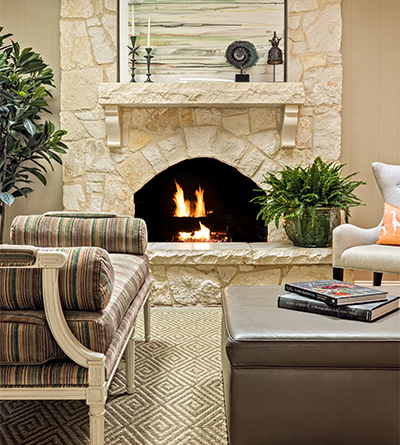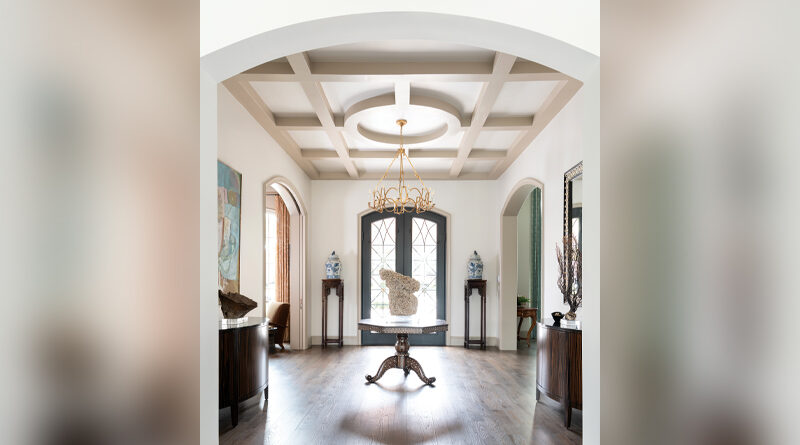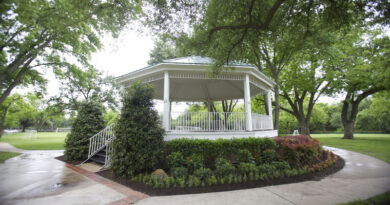Bring Order to Your Rooms with the Right Focal Points
If you’re worried that one of your rooms has too much going on, you might need a focal point. Interior designers use the term “focal point” to indicate the place where your eyes first land when you enter a room. Here’s how you can use the things you already own to create new focal points.

Start by taking note of any architectural features you have. Fireplaces, built-in bookcases, vaulted ceilings, free-standing bathtubs, oven hoods, and large windows will usually be the focal points for their respective rooms.
When you don’t have an architectural focal point in the room, you’ll need to create one with your design choices. Statement furniture, paintings, coffee tables, rugs, backsplashes, collections, or lighting fixtures can all be focal points. Whatever you choose, it needs to be in the line of sight for any visitor stepping into the room.
Ideally, a focal point should contrast with its surroundings and command attention, rather than blend in. Different focal points require different approaches:
• If your windows are the focal point, don’t crowd them with heavy drapes. Also, keep in mind that unless you’re looking out at a bright city skyline, your windows won’t be visually interesting after sundown. You can add another focal point (such as a piece of art) to keep things interesting at all times of the day.
• In an entryway, the door is typically the focal point. Paint it a contrasting color from the rest of the walls to emphasize it.
• Possible focal points for the bedroom can be the bedding, the headboard, or art on the wall behind the bed. These three elements can also work together as a unit.
• For dining rooms, a dramatic light fixture or a showy table setting can be focal points.
A large room can accommodate multiple focal points, but a small room should never have more than two. In a living area with a beautiful view, for example, both the fireplace and the windows can be focal points.
Even if a room is filled with beautiful objects, without a clear focal point, it won’t feel cohesive. With some of these designer tips in mind, you’re well on your way to giving your rooms a professional touch.
Of course, if you have too many choices for focal points — or two few — an interior designer can always help you narrow down your options or find you fabulous new pieces to use.
Margaret Chambers, a registered interior designer (RID) and American Society of Interior Designers (ASID) member, leads Chambers Interiors and Associates. Her colleague Caitlin Crowley helped edit this column. Visit chambersinteriors.com/blog for more design advice.









